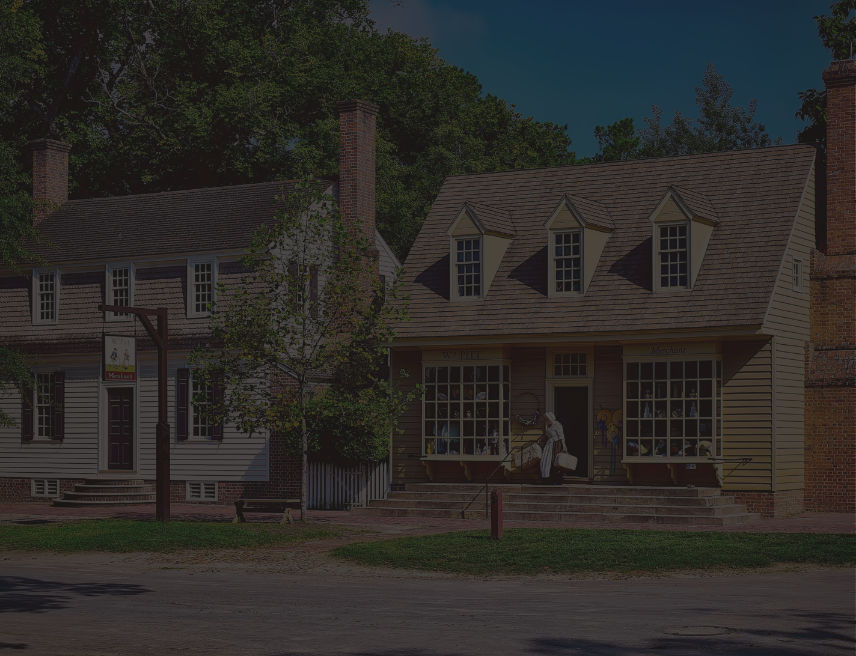methodist sites in colonial williamsburg
BRUTON PARISH CHURCH
George Whitefield (1714-1770), friend and rival of John Wesley, preached in Bruton Parish, December 1739, Williamsburg's first encounter with the evangelical revival in the Church of England that would later result in the formation of the Methodist Church. Whitefield created no stir in heavily Episcopalian Williamsburg, and there is no evidence suggesting that the city's first Methodists were ever affiliated with that church.
THE CAPITOL
Joseph Pilmore, sent as "missionary" to the American colonies by Wesley, preaches in the yard of the Capitol, August 1772, then lodges with Elkanah Deane, coachmaker, in his home on the Palace Green. The tradition that the first Methodist "society" in Williamsburg dates from this year is unsubstantiated.
THE COURTHOUSE
Francis Asbury (1745-1816), soon to be Bishop of the new Methodist Episcopal church, is forced to preach outside on the steps of the Courthouse after the keys to the public building cannot be found, December 17, 1783. This was Asbury's second visit to Williamsburg. After his first in December 1782, he wrote of this traditionally Episcopalian community that itits "worldly glory is depart from it; as to Diving glory, it never had any."
THE OLD PARSONAGE
The parsonage was built in 1926 and was used until 1964. This building is still standing at its original location in Merchants Square and is now used as retail space.
BROWN HALL
Brown Hall was built in 1930 by the Virgina Annual Conference as a dormitory for young Methodist women at the College of William and Mary. Named for a prominent Methodist family of Williamsburg and Lynchburg, it addressed a concern of the Conference in an era of increasing co-education, that young Methodist women have a proper home at the state-supported college. The nearly 100-year-old residential building is undergoing renovation and will be the home of a multidisciplinary academic facility focused on solving global issues. It will be named for William and Mary alumnus and current chancellor Robert Gates, the former Secretary of Defense under both George W. Bush and Barack Obama.
THE WESLEY FOUNDATION
The United Methodist Campus Ministry at the College of William and Mary dates from the 1920s, and in 1964 moved to a 19th century house at 526 Jamestown Road. The Wesley Foundation serves and houses College Students at this location today.





